When the Playwright Goes Prose: In Conversation with Haley McGee
I’m nestled into my blanket-scarf nest on a Porter flight from Toronto to my hometown. I’m armed with snacks (overpriced Miss Vickie’s spicy dill pickle chips), a coffee (again, overpriced, but hey, at least the flight was cheap), and a book to read on the flight: The Ex-Boyfriend Yard Sale by Haley McGee. I’ve already read a few chapters — the play of the same name was on a syllabus at U of T this semester — and I liked it enough to want to finish it over my reading week. Since we discussed it in class, I’ve been particularly enamoured by Haley’s formula for the cost of love — the mathematical expression through which one can, supposedly, determine the value of a relationship, its baggage, and its gifts.
I snap a pre-takeoff Instagram story of my little corner and my book. I tag Haley, who I don’t know, and who, to the best of my knowledge, doesn’t know me.
She sees the story. We get to chatting. We exchange emails.
And once more, I’m interviewing a theatre artist on their gesture towards the written word. Unlike last time, Haley’s offering is a memoir, which recalls its eponymous solo show but builds heartily upon the stories there within. It’s one of few books centred (-ish) around Toronto theatre that’s not actually itself a play. The Ex-Boyfriend Yard Sale is completely gripping, makes light work of some rather serious math, and brings with it a universality surprising for such a personal story from McGee, one of credit card debt, loneliness, and exes.
Haley and I sit down to chat all things Ex-Boyfriend Yard Sale over Zoom, her in the UK and me in Toronto.
This interview has been edited for length and clarity.
Hi, Haley! This is so exciting. Just to kick things off, can you tell us a little about yourself and your practice as a memoirist and, of course, as a theatre artist?
Sure. I grew up in Kitchener-Waterloo, and I was always obsessed with telling stories, creating stories, and performing them. I wrote in a journal compulsively, I read voraciously, and I took dance classes and singing lessons and started doing amateur stage productions when I was fourteen.
I went on to study acting at [X University], and I did a BFA in Acting there. While I was there, studying, I was led back to my love of writing in a new way by discovering writing for performance through a wonderful professor named Sheldon Rosen. He called me a writer — ‘you’re a writer, you should keep writing,’ he said. So I did.
Because of the nature of the Canadian theatre scene, which is kinda this tiny factory town spread over this vast landscape, there’s so much possibility for people to do more than one thing. It’s very different from my experience in the UK…so from the get go, I’ve been straddling a career as an actor and a writer. Shortly after graduating from [X University], I started merging those things and created my first solo show, Oh My Irma. That was borne of a desire to have some agency as a performer, and a desire as a writer to create a story I could manage…this way I could focus on one character, one storyline, and perform it myself. It started as a two-minute piece I performed around town at emerging artist nights, then a five-minute piece, and then a fifteen-minute piece.
So I kind of backed into a process that is very much iterative and in relation with audiences. My process with solo shows involves sharing bits of text with audiences when I don’t really know where it’s going, or how it’s going to end. I’m pivoting myself to the responses from the audience — I sniff out where I want to go, and how I want to shape the piece. Through creating solo shows, I discovered how much I love this direct, unfettered relationship with an audience.
I love how much space a solo show has to explore interiority, to explore the inner life of the characters or the performer. That really excited me. My last show, The Ex-Boyfriend Yard Sale, became a book — I then adapted it into a memoir exploring even more deeply the themes, ideas, and stories that I use in the show.
Can you expand on what it was like to shift your practice from creating solo shows to creating a full-length book? How did your relationships with collaborators — directors, dramaturgs, editors — change?
Well, I didn’t have audiences to work out material. And I rely on that. I’m self-taught as a writer, so having the chance to workshop material is so valuable to me. I found it very challenging, not having that.
And I really feel that what the audience gives you in any given performance is the most useful dramaturgy I will receive as an artist. It’s not so much what people say after a show — though that can be useful — but the really useful stuff is how it felt for me, trying to deliver a message to the audience in a specific moment. Where did their energy wane? Where did I feel I lost them? Where did I feel them getting bored? How can I inject energy, shift the focus, have a more satisfying payoff? You can just feel it. As a practiced performer, you can feel that.
So not having that in the book: incredibly challenging. I had some dates to read chapters from the book to audiences, but the pandemic happened and they got cancelled. So I didn’t get to do that.
The first draft of The Ex-Boyfriend Yard Sale — the solo show — was 60,000 words, which is a six-hour show. And a friend of mine just said: ‘you wrote a book! That’s a book! Make it a book after it’s a show!’ And it planted a seed in the back of my mind that there was more to explore than a ninety-minute live show might allow.
The book is definitely more structured than the show. The show is quite intuitive in terms of its narrative arc. But the book has a completely different structure, and because you’re reading it it necessitates a clearer structure: going through the formula [for love, derived by Haley and a friend over the course of the memoir] bit by bit, relationship by relationship. In the show, some relationships only get a breath of airtime, and in the book they get a whole chapter. So that’s a big difference.
I remember sending an early draft of the book to my literary agent, and her saying, ‘you need to describe how people are saying things! You can’t just have pages and pages of dialogue. You need to talk about the tone of voice.’ And it’s such a basic thing, but I’ve always been able to rely on my performance to do those things.
Have you noticed a difference in audience reception here in Canada versus in the UK?
The book? Hard to say. I’m not there when you’re reading it. But sales have been very good in Canada, which is great.
The live show has been very well received in both places. Playing in Canada is like playing for a home crowd, though. There’s a kind of swell in the audience — maybe they’ve seen other things I’ve done, or they have a relationship with me or with my work. So that definitely adds a certain excitement in Canada — and I don’t have that in the same way in the UK, since I’m just newer to audiences here.
Dramaturg question, sorry! I’m curious about the ethics of this book — the stories you’re telling have two or more sides, and we the audience only really get to hear yours. Can you talk a little about how you thought about that while preparing your show, and then later again with the book?
It’s so interesting. On one hand, when I was working on the solo show, I thought, ‘in some ways, this is the most about me that a project has ever been.’ But in others, it’s the least about me. Something in it is allowing people to project their own experiences onto my stories and apply them to their own lives. So that really put a line under the value of autobiographical work for me. So that was really encouraging.
It was important to me that I disguise details about my exes. I’ve really disguised them. I’m controlling all of it, what parts of the story I share. But I’m an artist, and I use my life as fodder, and many artists do. I’m not going into it with the intention of a vendetta, or trying to make anybody feel horrible. I’m going in the spirit of self-inquiry, in the hopes that sharing it will alleviate other peoples’ pain. And I think in that instance, intention is very important.
I really did try in the book and in the show to be very hard on myself — to be hardest on myself. To not ever present myself as a victim as anything, but as complicit in any dynamic I didn’t like. To take at least 50% of the responsibility for anything I might whinge about. That’s important to me as an artist and as a human being who’s been in psychotherapy for a decade, and who’s on another mission around personal integrity and accountability — bringing that to my work as an artist.
A few of my exes have seen the show!
(Laughs.) That was my next question!
Yeah! One of them loved it. Another one was like, ‘Haley, I don’t remember it like that.’ And I put a note about that at the beginning of the book: you’re really only getting one subjective person’s view of a story. It’s something I like about solo shows as a form: it’s so obviously subjective, so obviously filtered through one person’s point of view. There’s a kind of authenticity to that.
[Some of the book] is heavily edited. To the point of fiction.Are there any other solo shows you can think of that have significantly inspired you and your practice?
Yeah… it’s such a Canadian thing. I always talk about this show, I saw it at the Fringe in… 2008? 2009? [It was 2009.] It was called JOE: The Perfect Man. It was by Rachelle Elie and directed by Adam Lazarus. It’s not really like my work — it’s a clown-based show, highly participatory… it’s one of the most funny, freeing, controlled-barely-controlled chaos performances that really got me thinking about what was possible. It unlocked something in me: theatre could be a place for contemplation and thinking, but it could also be a real place for communion and zaniness and different kinds of catharsis than I’d considered going to regional theatres.
The more I started touring abroad, the more I saw live artwork, contemporary performance, autobiographical work. Theatre makers getting up in front of audiences, doing stuff that was almost more lecture-based. I found that very exciting and moving and thrilling.
I love Blind Date. I love Daniel MacIvor’s work. I love Lion in the Streets.
Shape of a Girl?
I own the play text to that play. I have since high school. Yeah. (Laughs.)
Last question: still thinking about the mathematical formula for the cost of love every day?
No. I don’t think about the formula hardly at all. I think about ways that developing it shifted my thinking about relationships. I think about measuring the tipping point for a waste of time, or when to quit or commit — I think about stuff like that. I think about things like the right reason to have a child with someone, why I might feel compelled to be in a relationship with someone.
I’m less focused on the formula and more focused on what the formula taught me.
The Ex-Boyfriend Yard Sale will be performed at Soulpepper later this year. You can purchase a copy of the book here.


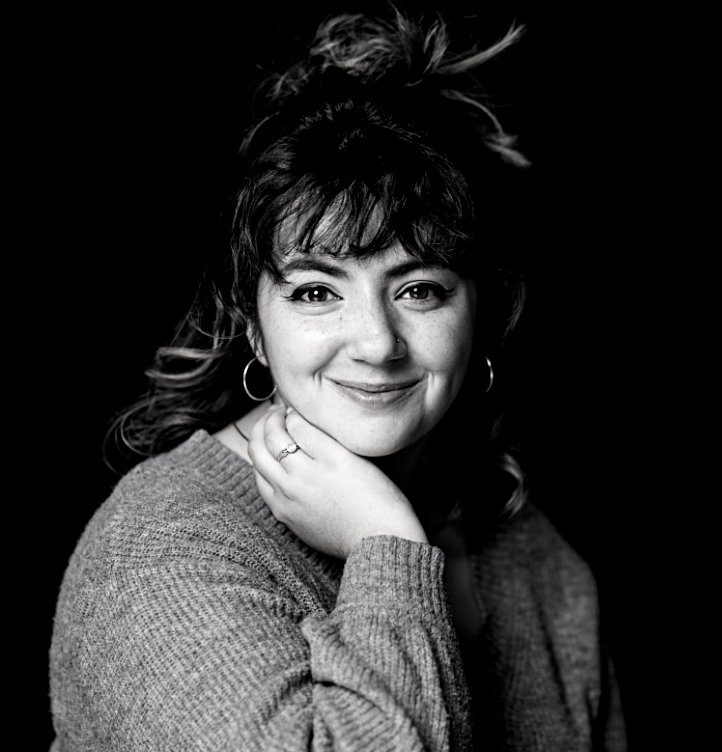
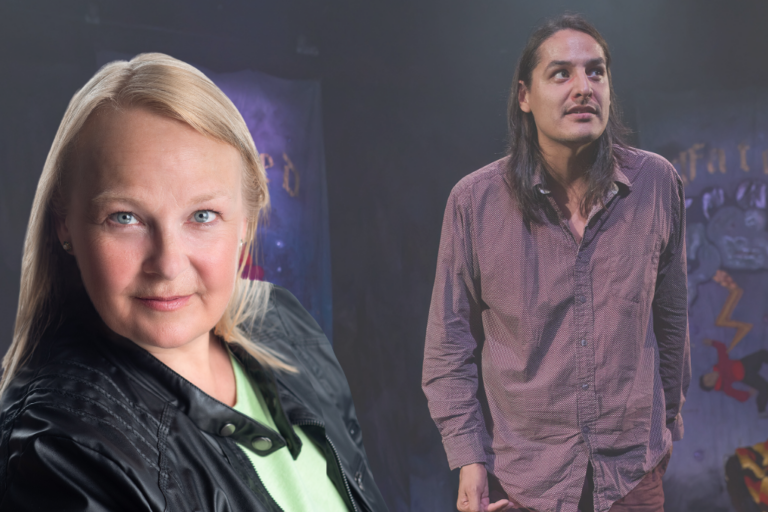
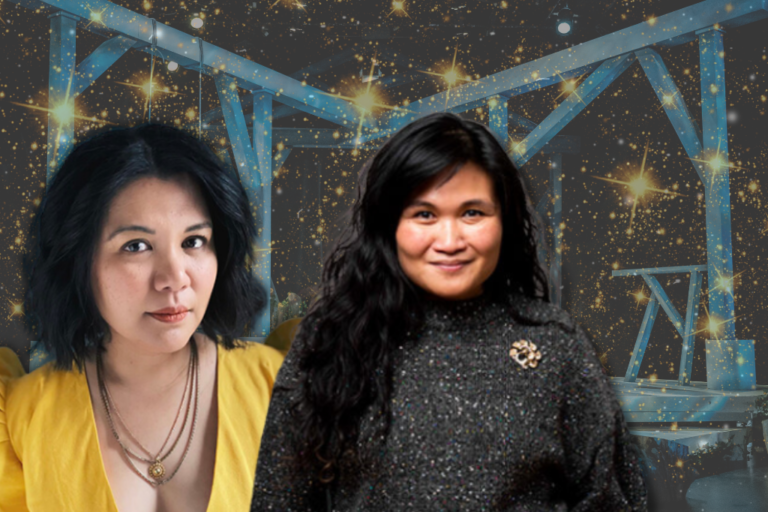
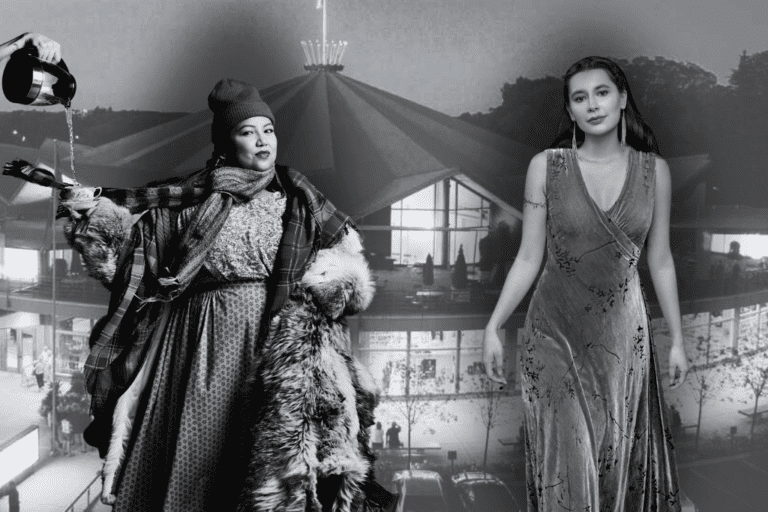

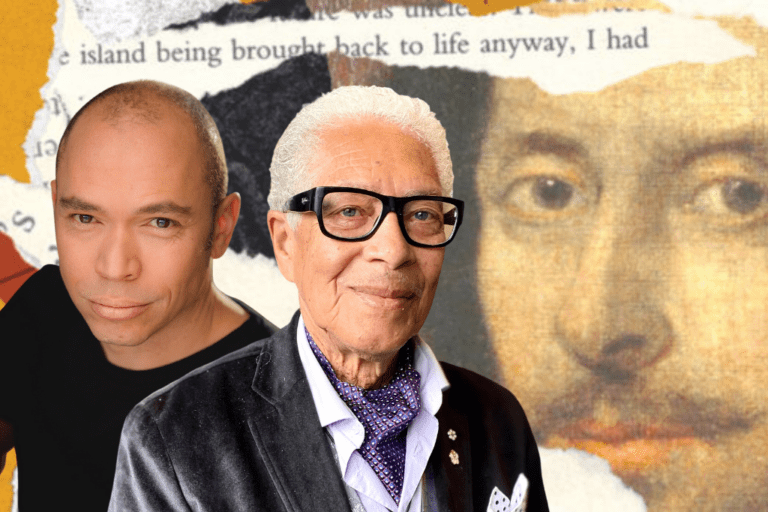
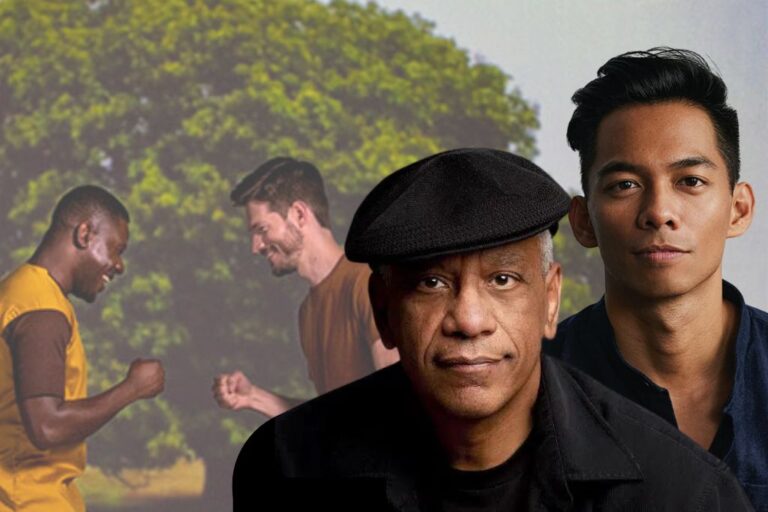






Comments